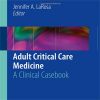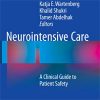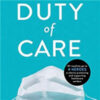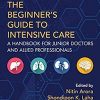Venous Doppler and Veno-Cardiac Coupling
pulmccm.orgConcepts have been clanging around my head since I participated in Philippe Rola’s sedulous Hospitalist & Resuscitationist Conference in Montreal. Initially, the abstractions of ventriculo-arterial coupling, Guytonian physiology and venous Doppler seemed insuperably sundered; but the cognitive haranguing recently gave way to harmony.
What is ventriculo-arterial coupling and how does it relate to Guyton’s formulation of the circulatory system? How might venous Doppler of the great veins fit into these frameworks and could the un-coupling of venous-from-cardiac power act as an underlying explanatory theory for aberrant venous Doppler morphology?
Given that arterial elastance (Ea) and end-systolic elastance (Ees) have identical units and nearly equal values, their relationship – the Ea/Ees ratio – is normally 1.0 +/- 0.36. Note that an increase in Ea, a decrease in Ees, will increase the Ea/Ees ratio and, consequently, the end-systolic volume. Increased end-systolic volume will decrease stroke volume (SV), ceteris paribus.

















